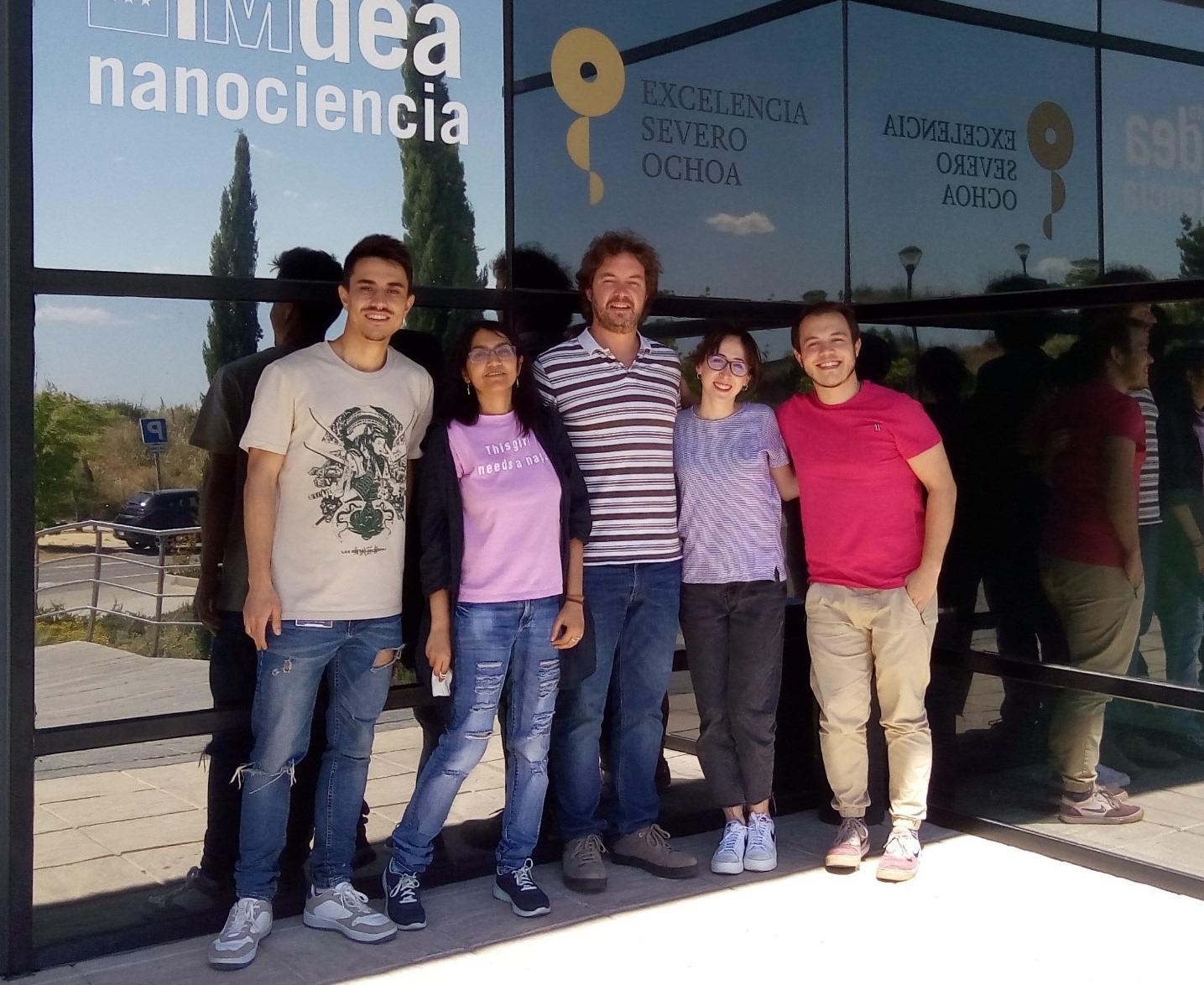Magnetic Nanoparticles
Our research deals with the preparation of magnetic hybrid nanostructures for biomedicine and other technologically relevant applications. Magnetic nanoparticles can be used for medical imaging and treatment of different diseases. Many intrinsic and extrinsic factors (e. g. size, crystallinity, magnetism, aggregation, colloidal stability, dispersion medium, applied field, interactions with biological media) can influence the efficiency of nanoparticles and they can be designed to respond to different stimuli.
The main research line of the lab is the synthesis and modification of magnetic nanoparticles for biomedical applications, exploring new compositions, synthetic strategies and surface modifications. In the past we have explored also applications for the oils & gas industry and, currently, a new research line on the use of metal oxide nanoparticles for catalysis is being developed.
The main activities of the lab are:
- Synthesis and characterization of iron oxide magnetic nanoparticles (IONPs) by thermal decomposition in organic media (hydrophilic nanoparticles) or by coprecipitation in water.
- Synthesis of IONP-based core-shell nanomaterials (e. g. shell of silica or manganese oxide).
- Surface modification of IONPs with small molecules or macromolecules.
We work frequently in collaboration with national and international academic groups, as well as with different technological companies.





